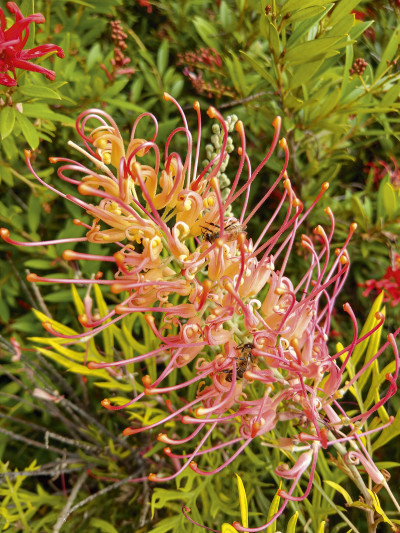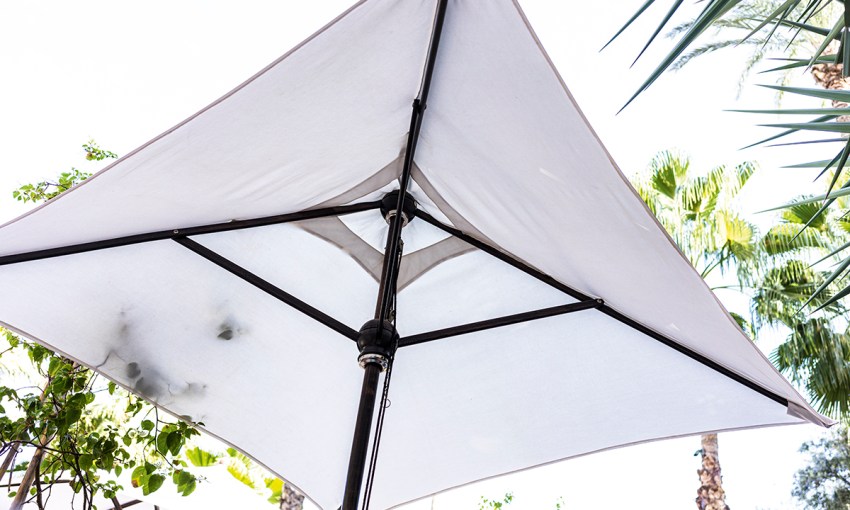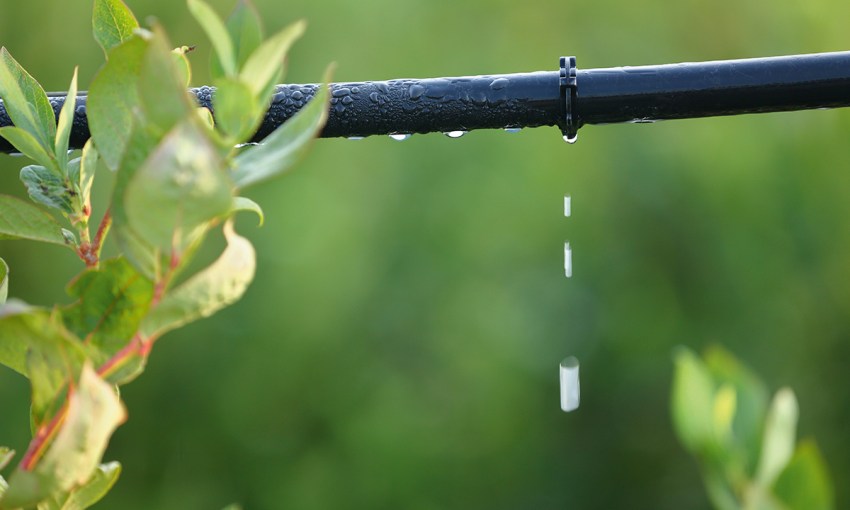Summer may be a relaxing time for us, but heat and sun cause stress to our gardens. Take a few simple actions to get them through the hot, dry days ahead.
In the garden: Surviving the summer
 Our hot South Australian summers are not only an endurance test for humans, but in many cases are an even bigger stress for the vast spectrum of plant and animal life we share the environment with.
Our hot South Australian summers are not only an endurance test for humans, but in many cases are an even bigger stress for the vast spectrum of plant and animal life we share the environment with.
Our summers have become warmer and drier and, along with the plants and animals, we must all adapt as the climate changes. Living with plants, we can all benefit from the shade, protection, housing and food they provide.
I never cease to be amazed at the number of plants we can all grow successfully in our South Australian gardens. Many not only tolerate the extremes of our summers, but flourish and thrive. I am thinking of plants such as the vast selection of fruiting trees, including citrus, stone fruit and figs, and flowering shrubs such as roses, hibiscus and agapanthus, to name but a few. There are also the dozens of shade trees that not only protect us from the searing sun, but also offer valuable protection to the hundreds of other plants we grow in our gardens.
So, how do we ensure that the plants we grow will survive our sometimes outrageously hot summer days? When our first settlers arrived, they went about planting as many different species of trees as they could, just to find the ones that would endure the summers. Many failed, but so many have grown to now call SA home. Look around at the various eucalypts, grevilleas and acacias that are not indigenous to SA, which these days, make up our suite of native shade trees. Then throw in the dozens of exotic trees, not only from Europe, but also so many other countries and regions, including the tropics.
Looking at the many parks and gardens around our state, it’s not hard to realise that we in the main grow plants that are suited to our climate. Over the years, thankfully, plant nurseries have sorted out which plants we know can grow with the assurance that they are adapted to our climate. However, we as gardeners can play a major role in ensuring that the trees, shrubs, hedges, and various other things we plant can endure the sun and heat of our summers.
Choosing the correct plants for your garden is an important decision. If some existing plants in your garden are struggling, perhaps there is an argument to replace them with more appropriate ones. Investigate which are the best shade-giving trees for your property by looking at the space available. If you don’t have space for “living” shade, then you may need to consider temporary shade during the summer months such as sails, umbrellas and even, as a last resort, an old bedsheet.

For most species, water is a key factor in producing strong and healthy plants. Good, long soakings are the way to go. Adjust dripper times to deliver the correct amount of water to your plants — if you’re unsure what that amount is for your particular plants, ask at your local garden centre. Then set your watering system to stay on for about 50 per cent more before the hottest days.
Make sure the garden areas are weed free, as weeds have a habit of stealing all the water and thriving, while your precious plantings struggle and die of thirst.
One thing every gardener absolutely must do is mulch. Mulching ultimately guarantees the success and health for all garden plants — which sounds simple, because it is. Use organic mulches if possible, such as pea straw, lucerne hay, bark chips, or readymade compost. All will keep moisture in the soil, minimise evaporation, and keep the plants’ roots cooler.

I should also mention lawns and their management during the hotter months. For running and warm weather grasses such as couch, kikuyu and buffalo, water at least twice a week, preferably before any really hot days that are forecast. Keep the sward a tad longer (ie raise the blades on your mower) and leave the catcher off every now and then as leaving the cuttings on the grass will act as protection for the root system.
The final important thing to remember is that the long, lazy summer is a time to enjoy your outdoor space, and with these measures in place you should be able to relax and do just that.
This story first appeared in the December/January 2019 issue of SALIFE magazine.



